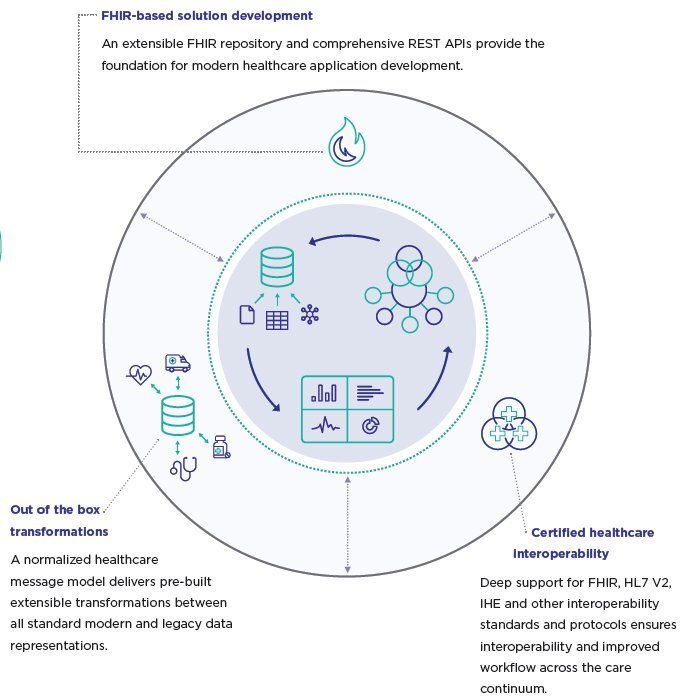The operations manager in our company was using structured logging in IRIS to tail information to an on-prem monitoring tool and started to get concerned with the ever-growing size of the output file. He just leaned across the aisle here and informed me that the output file has no mechanism for rolling this file over at a certain point for archival or disposal. Sure enough, I can't find any documentation to refute this.
InterSystems Developer Community is a community of
24,855 amazing developers
We're a place where InterSystems IRIS programmers learn and share, stay up-to-date, grow together and have fun!

.png)


.png)

%20(2)(1).jpg)
